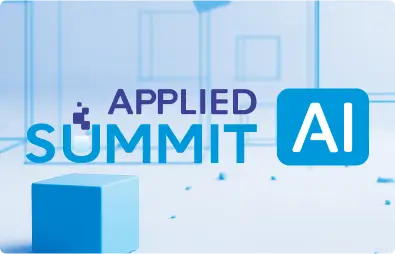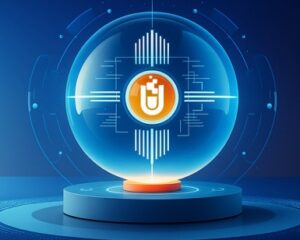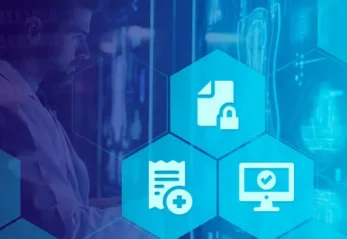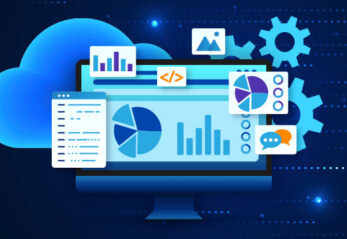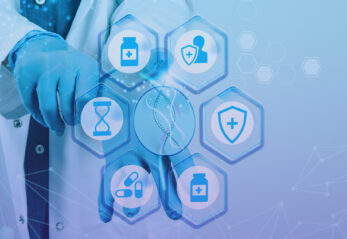Why are clinical notes critical yet challenging for data extraction?
Clinical notes are among the richest sources of patient information, capturing nuanced observations, decisions, and longitudinal health details. Yet, they remain largely unstructured, making it difficult to extract insights at scale without automation.
Manual data abstraction from these notes is time-consuming, error-prone, and unsustainable given the growing volume of healthcare documentation. This is where advanced Natural Language Processing (NLP) technologies step in, transforming free-text into structured, queryable data.
John Snow Labs’ Healthcare NLP library delivers scalable, domain-specific NLP pipelines to automate clinical note analysis, enabling improved outcomes and operational efficiency.
What core NLP techniques are used to extract insights from clinical notes?
- Named Entity Recognition (NER): Identifies mentions of diseases, medications, symptoms, procedures, and more.
- Clinical Coding Automation: Maps unstructured text to standard terminologies like ICD, SNOMED CT, or CPT.
- Clinical Phenotyping: Extracts patient characteristics and disease patterns to support cohort identification and trial matching.
- Temporal Information Extraction: Tracks events and timelines such as disease onset, medication administration, and treatment progressions.
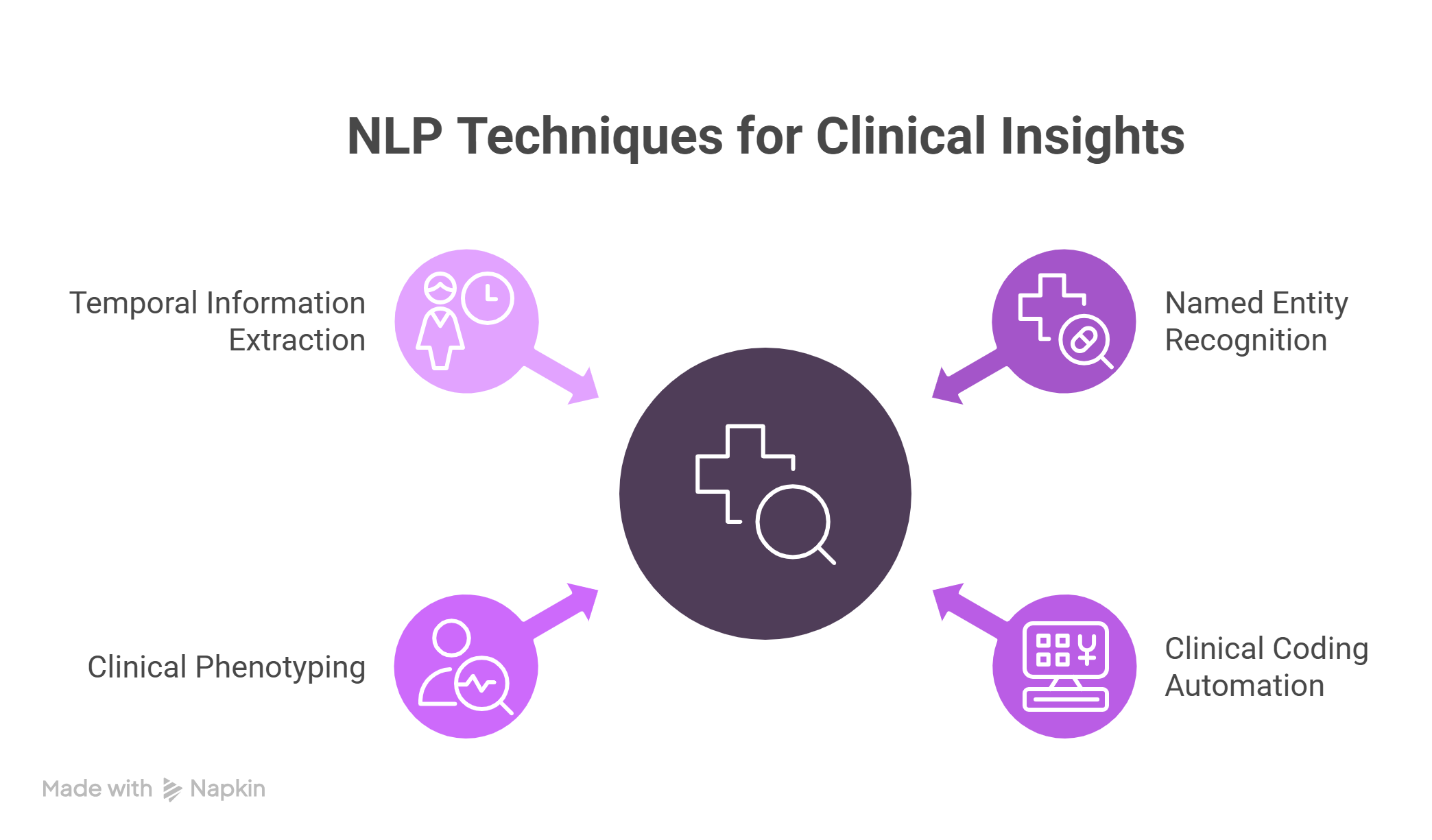
How does NLP handle complex clinical language?
Clinical notes are filled with ambiguity, shorthand, and non-standard expressions. NLP models tailored for healthcare address this through:
- Negation Detection: Identifies when a condition or symptom is explicitly negated (e.g., “no evidence of pneumonia”).
- Uncertainty Recognition: Flags phrases indicating diagnostic uncertainty (e.g., “possible metastasis”).
- Assertion Detection: Confirms whether an entity is present, absent, hypothetical, or conditional.
- Sentiment Analysis: Assesses patient or provider sentiment, particularly valuable in mental health or patient-reported outcomes.
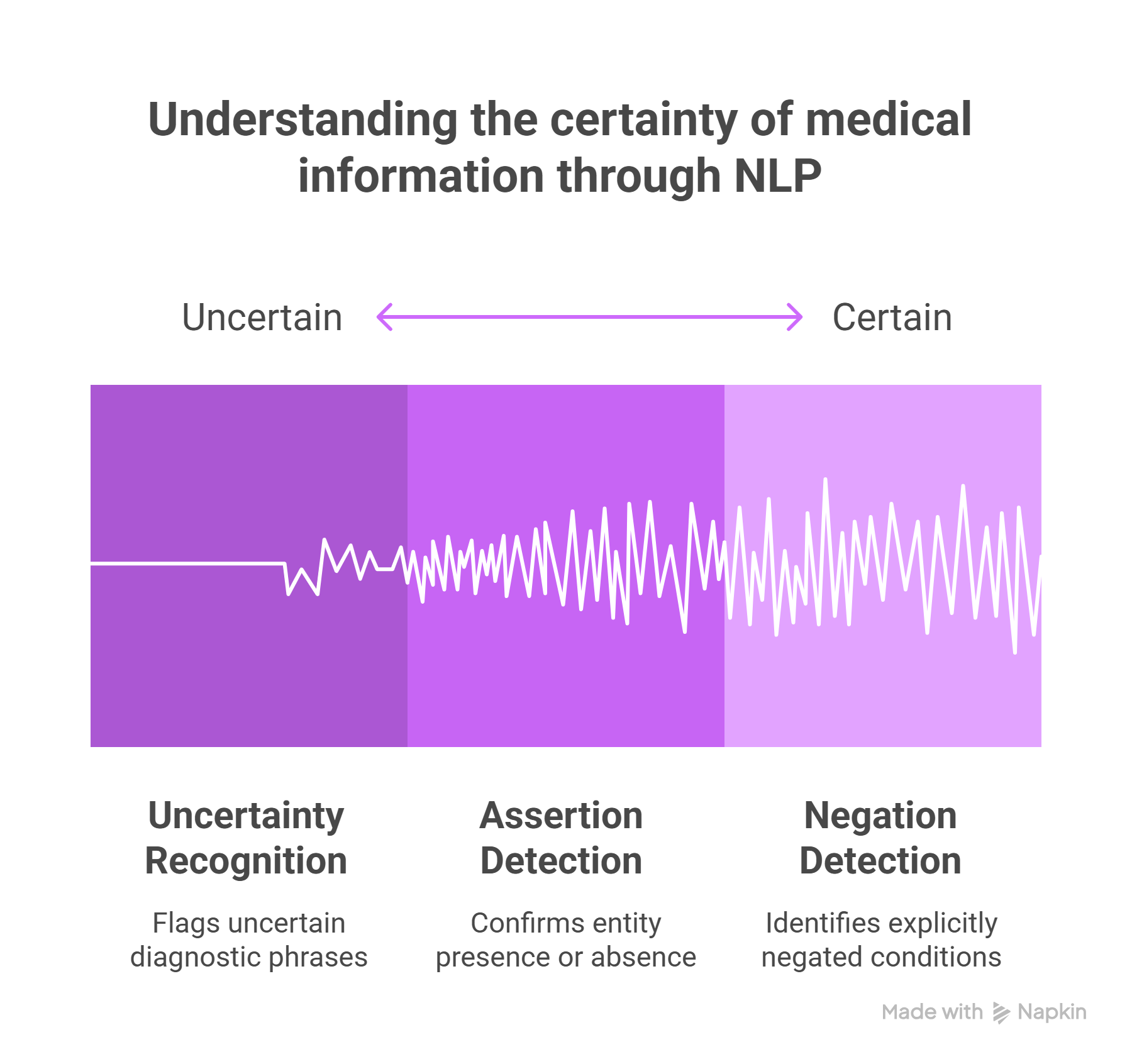
What makes NLP pipelines scalable for clinical note processing?
John Snow Labs supports end-to-end NLP pipelines built on distributed frameworks like Apache Spark. This allows organizations to process millions of notes efficiently, whether on-premise or in cloud environments.
Pipeline stages include:
- Ingestion of diverse note types (progress notes, pathology reports, discharge summaries)
- Sentence segmentation and tokenization
- Contextual embeddings using domain-specific language models
- Named Entity Recognition (NER) and Assertion Detection
- Relationship detection between entities (e.g., lab tests and results, medications and dosages)
- Mapping to controlled biomedical vocabularies and automated clinical coding.
Sampling strategies are also employed to ensure diverse and representative coverage across specialties and note types.
What advanced applications are enabled by NLP in clinical settings?
- Relation Extraction: Links clinical entities to extract deeper insights. For example, connecting a medication to its dosage, indication, and side effects.
- Biomarker Interpretation: Automatically detects and relates lab values and genomic data to relevant conditions and outcomes.
- Question Answering (QA): Enables clinicians to ask natural language questions like “When did the patient last receive chemotherapy?” and retrieve answers from clinical text.
These applications are particularly powerful in oncology, cardiology, and infectious disease, where complexity and data volume are highest.
What real-world impact has NLP had on clinical workflows?
- Improved Patient Phenotyping
- Higher Documentation Quality
- Enhanced Research Throughput:
Automation reduced manual workloads and error rates, freeing clinicians and data scientists to focus on decision-making and analysis.
What’s next for NLP in clinical note analysis?
Future advancements will focus on:
- Greater Accuracy: Ongoing training on diverse clinical corpora to improve generalization.
- Explainability: Enhancements in model transparency to support regulatory needs.
- EHR Integration: Seamless embedding of NLP pipelines within clinical systems for real-time insights.
John Snow Labs continues to lead in delivering HIPAA- and GDPR-compliant NLP solutions, with over 6,600+ pre-trained models and growing support for low-code deployment.
Why is NLP critical for unlocking insights at scale in healthcare?
Clinical NLP transforms scattered, unstructured documentation into structured data that drives operational and clinical excellence. From improving research capabilities to supporting precision medicine, NLP is an essential pillar of modern healthcare infrastructure.
John Snow Labs’ Healthcare NLP and LLM libraries offer scalable, accurate, and customizable pipelines to support these needs.
FAQs
What types of clinical notes can NLP analyze?
Progress notes, pathology reports, radiology summaries, discharge summaries, and consults can all be analyzed using clinical NLP pipelines.
How does NLP help reduce manual data entry?
By automatically extracting and coding key information, NLP significantly reduces time spent on manual chart review and data abstraction.
Can NLP models be customized for specific specialties?
Yes. John Snow Labs supports customizable pipelines that can be adapted for oncology, cardiology, infectious disease, clinical genetics and more.
How does assertion detection work?
Assertion detection models determine whether a condition is present, absent, uncertain, or part of family history, helping refine clinical interpretation.
What infrastructure is needed for scalable NLP deployment?
Distributed processing with Apache Spark or Databricks allows healthcare systems to scale NLP workflows efficiently, whether on-premises or in the cloud.
Supplementary Q&A
How does NLP improve disease progression tracking?
Temporal models sequence clinical events like diagnosis, treatment, and symptom changes, enabling longitudinal patient insights and outcome modeling.
What’s the role of embeddings in clinical NLP?
Embeddings convert text into numerical representations, allowing models to understand context and meaning. Domain-specific embeddings boost accuracy in healthcare settings.
Is clinical NLP compliant with data privacy regulations?
Yes. John Snow Labs’ pipelines are built with compliance in mind, supporting HIPAA and GDPR requirements for secure deployment.
